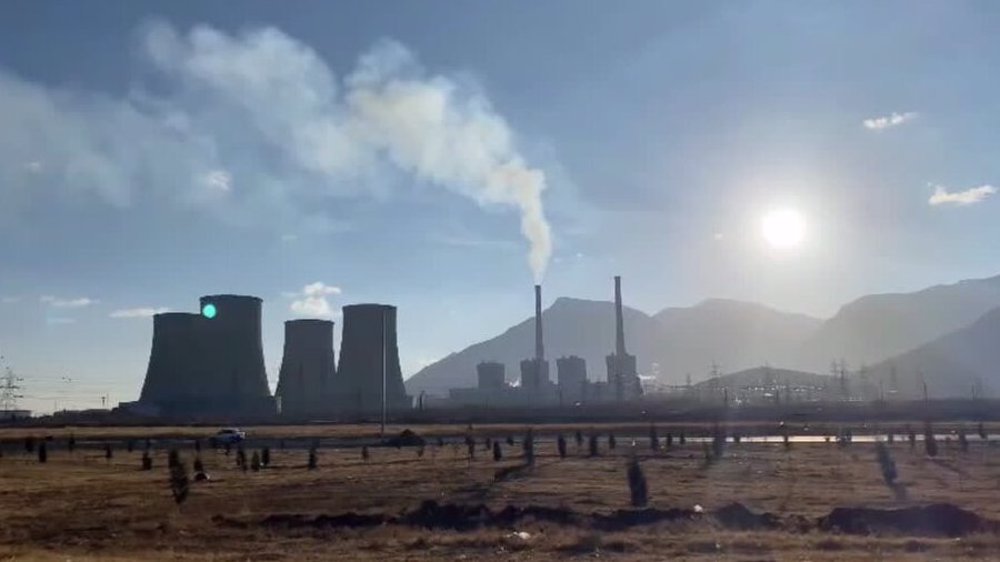'Iran cashing in on OPEC oil output cut'
Reports suggest that Iran has managed to sell nearly half of oil that it had long held on tankers at sea as it capitalizes on OPEC oil cut to sell millions of barrels, courting new customers around the globe.
Tehran has sold more than 13 million barrels of the crude it had held in floating storage.
The amount of Iran’s oil held on tankers at sea has dropped to 16.4 million barrels from 29.6 at the beginning of October.
According to Reuters, before that sharp drop, the level had barely changed last year; it was 29.7 million barrels at the start of 2016.
Iran has already been in talks with crude buyers to push into new markets in Europe.
Tehran has been selling oil to several European countries including Italy and France.
Also buyers in Asia including China, India and South Korea have purchased crude from Iran.
Iran is now pumping 3.7 million barrels of crude oil per day and seeks to regain its market share of pre-sanctions levels of 4 million barrels per day (bpd).
In 2012, Iran’s energy sector was hit by the US-led sanctions, reducing the country’s crude exports from 2.5 million bpd to nearly 1 million barrels per day.
As a result of the sanctions imposed by the United States and the European Union, Iran's exports of crude oil and lease condensate dropped to their lowest level since 1986. The sanctions also negatively affected investment in Iran's oil sector, cutting crude production sharply.
In July 2015, Iran and the five permanent members of UN Security Council plus Germany clinched a deal following marathon talks.
Under the international agreement, Tehran agreed to put curbs on its nuclear program in exchange for the removal of unilateral sanctions.
OPEC output cut
The recent boost in Iran’s oil sales comes against a backdrop of efforts by the Organization of the Petroleum Exporting Countries (OPEC) and other major crude exporters to contain global supply glut to prop up prices.
Back in December, OPEC clinched a historic deal with Russia and other non-members to slash global production by nearly 1.8 million barrels a day for six months starting January.
Oil has rallied 23 percent since mid-November amid speculations that the supply cuts would boost prices.
OPEC exempted key member Iran from cutting output, allowing the country to increase its crude production by 90,000 bpd to reach pre-sanction output levels of 4 million bpd.
Nigeria and Libya were also exempted from the planned output cut due to internal conflicts which have already decreased their crude production.
Oil price gains
On Friday, oil prices closed out a fourth consecutive week of gains.
Brent, the global benchmark, settled up 21 cents, or 0.4%, at $57.10 a barrel.
Light, sweet crude for February delivery rose 23 cents, or 0.4%, and settled at $53.99 a barrel on the New York Mercantile Exchange.
Some market analysts contend that crude prices could reach $60-$70 a barrel in the coming months if the cuts are fully enforced.
'Israel booby-trapped walkie-talkies, pagers years before Lebanon blasts'
Gaza Health Ministry calls for urgent intl. help to protect hospitals amid Israeli genocide
Stakes involved in Iran’s partnership with Eurasian Union
VIDEO | Press TV's news headlines
Iran says ‘ready’ to reopen embassy in Syria, holds talks with Damascus
VIDEO | 12 people killed in ammunition factory blast in northwest Turkey
Iraq’s PMU masses resistance forces on border with Syria amid mounting concerns
Israel killed over 700 athletes in Gaza since October 2023










 This makes it easy to access the Press TV website
This makes it easy to access the Press TV website